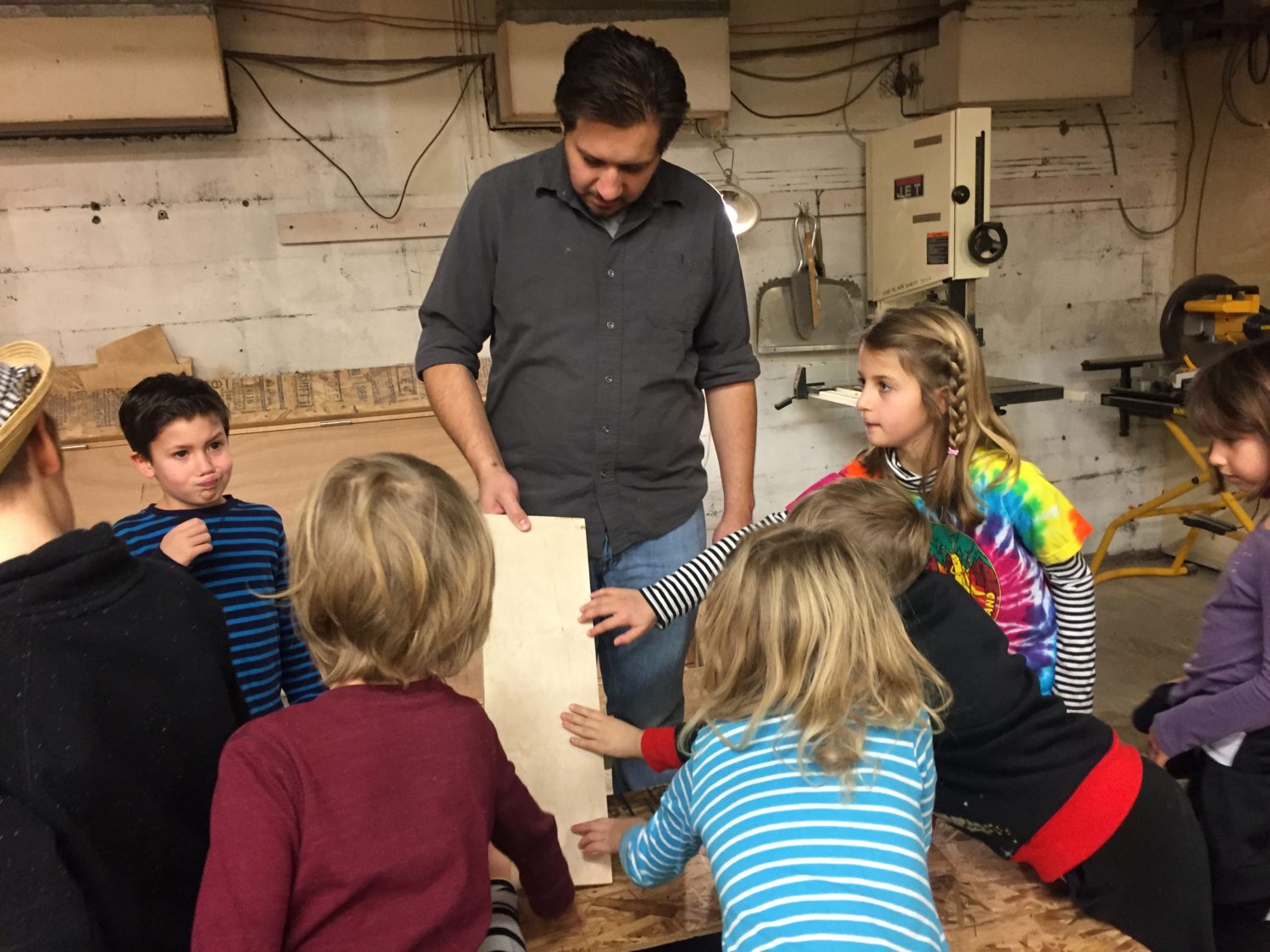A new vision and mission for Portland Children’s Museum

As you may be aware, Opal School is part of a larger institution: Portland Children’s Museum. Portland Children’s Museum is an unusual project: A small school serving 125 children, that forms the basis for the professional development of more than one thousand teachers and administrators annually, that is part of an organization that connects with more than 270 000 visitors a year. Within those numbers live worlds: different qualities of relationships, built around different expectations, that influence different outcomes.
That organizational structure is complex – and full of possibilities. How can playful inquiry animate all of our work – whether it is with very young children, older children, or adults? With communities that develop deep bonds over time and ones that are more ephemeral? How can we use all of these interactions to deepen our understanding of the relationship between childhood and adulthood? How can this diversity of perspectives lead to civic transformation?
We explore these questions together in a variety of ways that always feel new, including the role that the Dogwood community of first- and second-graders is taking in exhibit development and the way that employees from all departments in the museum came together to “go to materials” this week for our own professional development.
Our ability to really take advantage of these possibilities to move toward something greater – something that significantly shifts cultural understanding in Portland and beyond – depends on a sense of vision and mission.
Until last night, Portland Children’s Museum’s Mission and Vision were articulated as:
Mission: We collaborate to create transformative learning experiences through the arts and sciences.
Vision: Everyone achieves their full potential.
Last night, Portland Children’s Museum’s Board of Directors adopted a new pairing:
Vision: We envision a world where everyone retains and values the innate curiosity, creativity, and empathy of childhood.
Mission: To develop innovative problem-solvers through playful learning experiences that strengthen relationships between children and their world.
In his column this week, Thomas Friedman describes the evolving work landscape. He quotes Heather McGowan, saying that education needs to shift
from education as a content transfer to learning as a continuous process where the focused outcome is the ability to learn and adapt with agency as opposed to the transactional action of acquiring a set skill… Instructors/teachers move from guiding and accessing that transfer process to providing social and emotional support to the individual as they move into the role of driving their own continuous learning.
When I read this new vision and mission, I hear Portland Children’s Museum’s desire to respond to these demands.
I’m curious:
What possibilities do you read in these new statements? What hopes do they fill you with?

I loved reading this and thinking about all the possibilities that lie ahead. Thanks for all who contributed!
It’s beautiful to hear about all of the experiences in one place, specifically because it clearly highlights how each people group is working together to “develop innovative problem-solvers through playful learning experiences” in these different contexts. Also, it is exciting to imagine how each of these experiences will impact those in the Opal/Museum community currently and those who will join each day!